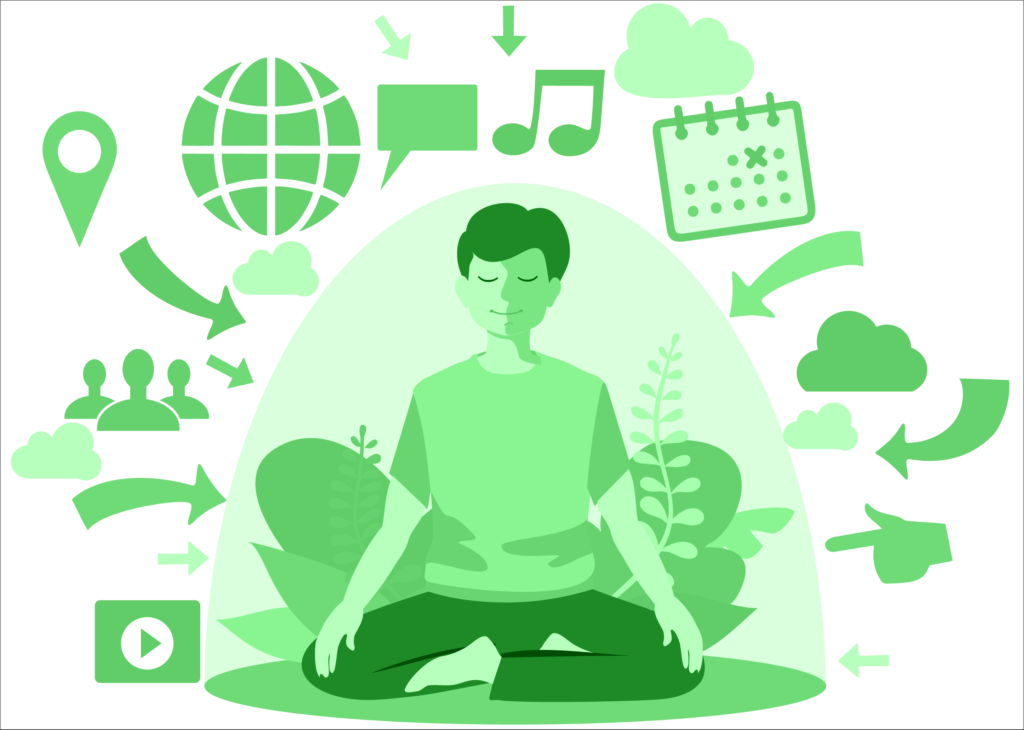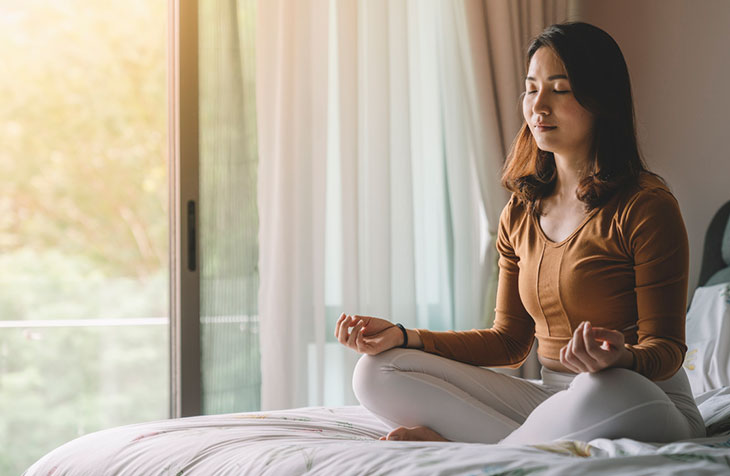Just How to Meditate: A Detailed Technique to Achieving Mindfulness and Calmness
Reflection offers as a powerful tool for accomplishing mindfulness and psychological tranquility in a hectic globe. By comprehending the basic concepts and techniques entailed in reflection, people can grow a practice that boosts their general health.
Comprehending Meditation
Recognizing reflection includes understanding its basic concepts and methods, which work as the foundation for the practice. At its core, reflection is a psychological exercise targeted at advertising relaxation, developing inner power, and establishing concern and insight. The technique motivates people to concentrate their focus, typically through methods such as deep breathing, visualization, or mantra repeating.
Reflection can be categorized right into various styles, including mindfulness, transcendental, and loving-kindness meditation, each with distinctive purposes and approaches. Mindfulness meditation emphasizes present-moment awareness and non-judgmental observation of sensations and thoughts, while copyright entails the use of particular rules to transcend normal mind. Loving-kindness meditation concentrates on developing a perspective of love and concern in the direction of oneself and others.
No matter the strategy utilized, the main objective remains constant: to grow a much deeper understanding of the mind and its patterns. This self-awareness cultivates emotional strength, clarity of idea, and an extensive feeling of tranquility (How to meditate?). By understanding these concepts and strategies, people lay the groundwork for an effective meditation method that can significantly improve their overall wellness
Planning For Your Method
Prior to starting your meditation practice, it is important to create a setting favorable to focus and relaxation. Guarantee that the location is tidy and free of clutter, as a tidy environment can aid get rid of the mind.
Take into consideration the lights, as natural light can improve your state of mind and energy. Soft, warm lights is often extra relaxing than rough fluorescent lights. In addition, select a comfortable temperature level, making sure that you are neither too hot neither as well chilly.
Incorporating elements that promote peace can better enhance your experience. This could include soft cushions or coverings for convenience, along with calming fragrances from crucial oils or incense. It can likewise be helpful to have actually a timer established for your reflection session to avoid diversions from clock-watching.
Basic Meditation Techniques

An additional reliable method is body check meditation. This includes emotionally scanning your body from head to toe, noticing any type of locations of stress or pain and knowingly unwinding those muscles. This practice promotes a much deeper connection between your body and mind.

Finally, loving-kindness reflection focuses on growing empathy in the direction of on your own and others. Calmly repeat phrases of goodwill, boosting psychological well-being and interconnectedness. Each of these strategies acts as a structure for your meditation journey, check out this site enabling you to find the technique that reverberates ideal with your personal practice.
Maintaining Emphasis and Mindfulness

Developing a committed meditation room can boost the ability to keep mindfulness. A peaceful, clean atmosphere lessens interruptions, enabling deeper immersion in the technique. In addition, establishing a time frame can aid handle assumptions; starting with shorter sessions may reduce the change right into longer techniques.
Making use of strategies such as body scanning or observing experiences can additionally reinforce mindfulness. These methods urge professionals to stay existing and engaged with their physicality, securing their focus in the minute. Routine practice is vital; the mind builds durability in time, creating a more powerful capacity for emphasis.
Incorporating Reflection Into Daily Life
Including meditation into life can transform regular activities right into opportunities for mindfulness and self-reflection. By integrating mindfulness techniques into typical tasks, individuals can grow a higher sense of visibility and tranquility among the numerous hours of daily life.
Begin by determining moments throughout your day where you can exercise and pause mindfulness. Even ordinary activities like walking or washing meals can end up being possibilities for meditation by routing your interest to the feelings of movement and the sounds bordering you.
Furthermore, reserving devoted times for meditation can enhance its practice. Begin with short sessions, gradually enhancing period as you end up being much more comfortable. Use reminders or hints-- like a details time of day or a relaxing sound-- to establish consistency.
Eventually, the objective is to weave mindfulness into the fabric of life, permitting you to come close to each look at this website minute with intention, thus boosting your overall sense of health and clearness.
Final Thought
In final thought, reliable meditation needs a quiet setting, a comfy setting, and a focus on the breath. Routine reflection, also in brief sessions, cultivates a much deeper link to the existing moment, eventually leading to better tranquility and mental clarity in daily life.
Meditation can be categorized into numerous styles, including mindfulness, transcendental, and loving-kindness reflection, each with unique functions and methodologies. Mindfulness meditation emphasizes present-moment recognition and non-judgmental observation of feelings and thoughts, while copyright entails the use of specific concepts to transcend regular idea procedures.With your meditation space prepared, it's time to explore different standard meditation strategies that can help grow mindfulness and internal tranquility.Constantly keeping emphasis and mindfulness during meditation can be tough, particularly for those new to the practice.Developing a specialized reflection room can enhance the capacity to preserve mindfulness.